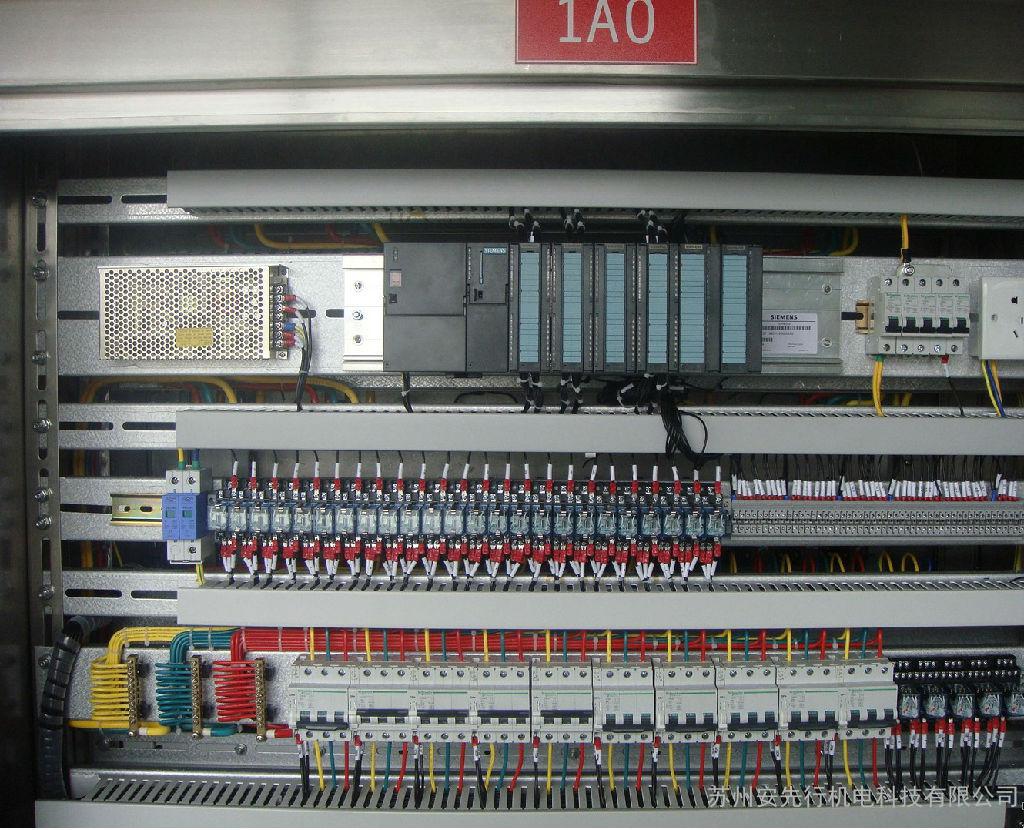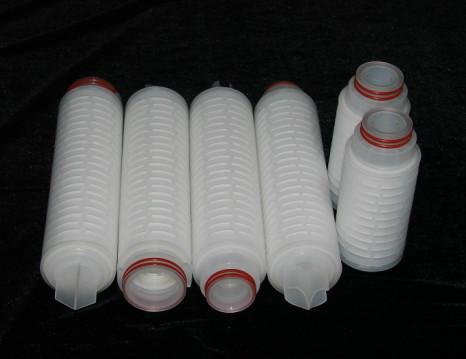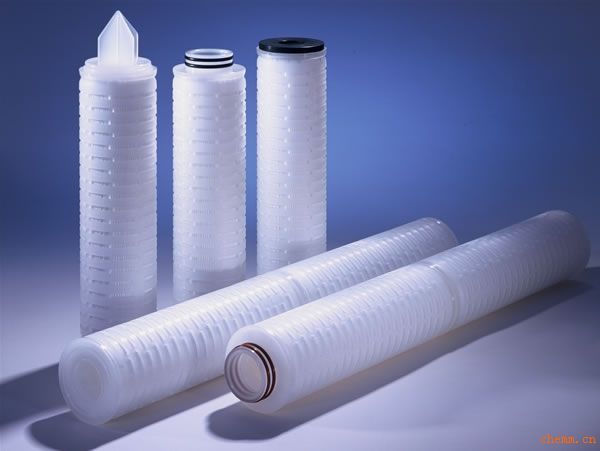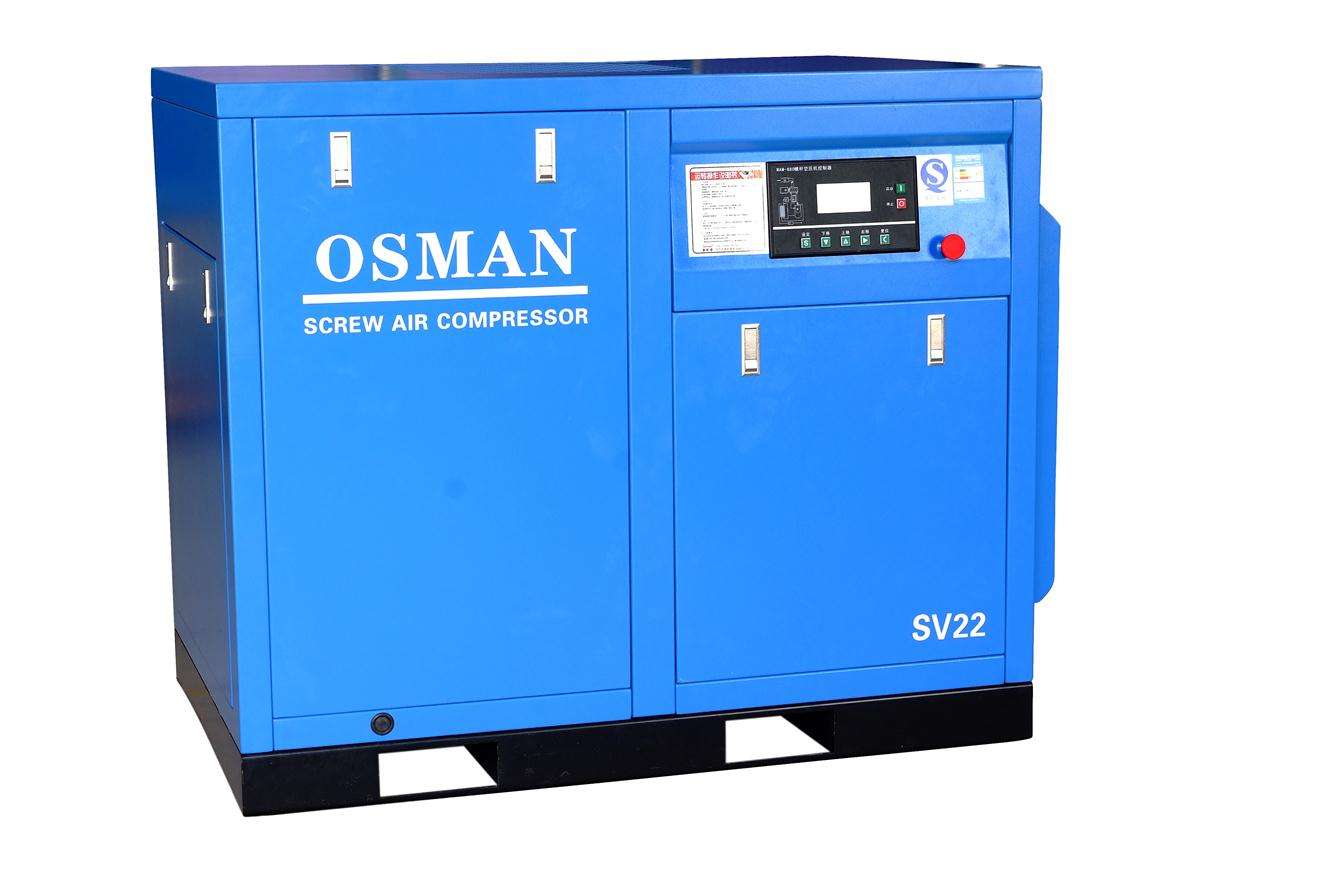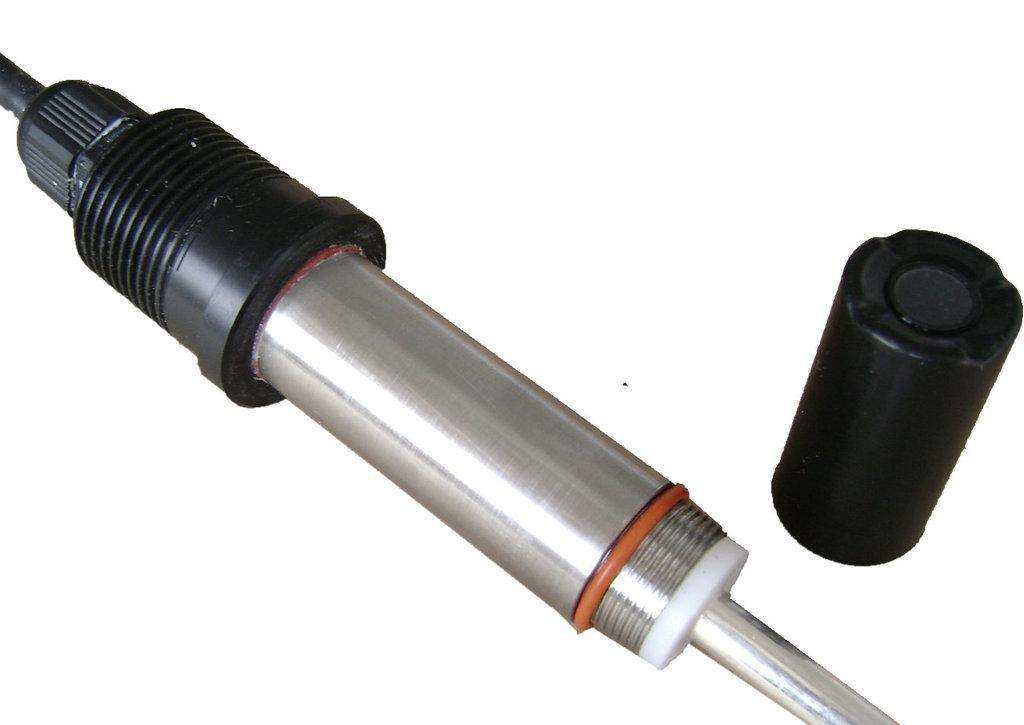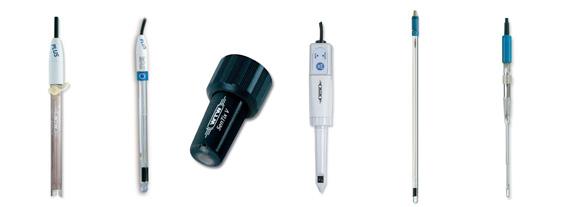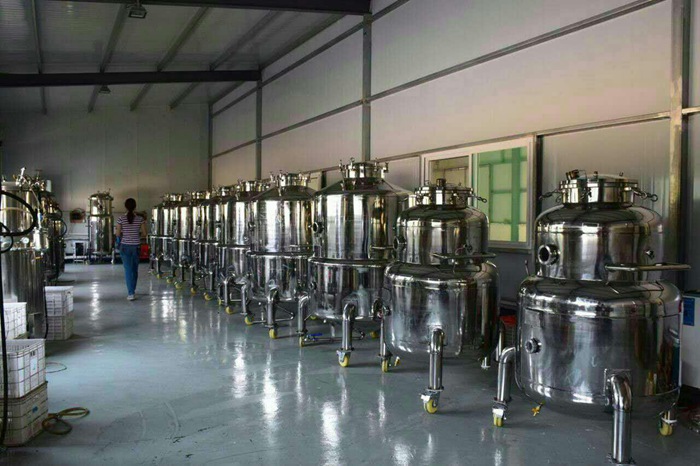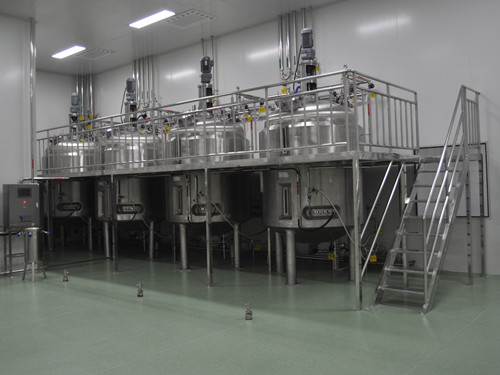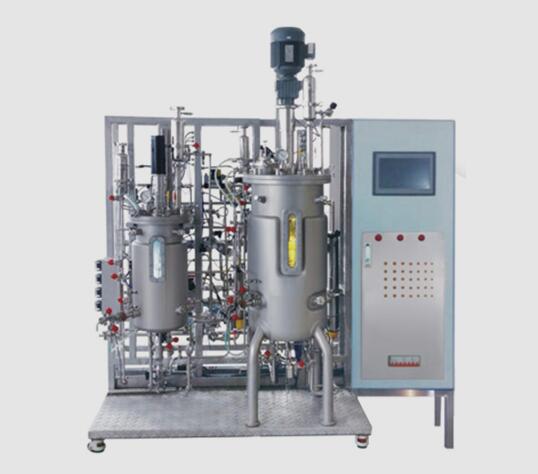Microbial fermentation system
There are many kinds of fermentation tanks, and the common ones are (1) mechanical stirring fermentation tanks (2) air lift fermentation tanks (3) self-absorption fermentation tanks (4) Woodward fermentation tanks (5) ventule fermentation tanks.
Mechanical mixing and ventilating fermentation tanks are the most common types of fermentation plants.
Mechanical mixing ventilation fermentation tank is a kind of sealed compression equipment, its main components include: body, shaft seal, defoamer, mixer, coupling, intermediate bearing, damper, air distribution pipe, heat exchange device and manhole and pipeline etc.
(1) tank: the tank body of the fermentation tank is welded by the cylinder and the elliptic or disc sealing head. The tank top and the tank are connected by flange and the material is generally stainless steel.
For easy cleaning, a small fermentation tank top has a clean hand hole.
Medium and large fermentation tanks are equipped with quick opening and cleaning.
The roof is also equipped with a mirror and a lamp mirror.
The receiver on the tank top of the starter can be taken over: feeding tube, feeding tube, exhaust pipe, tube and pressure gauge, safety valve, etc.
In the tank, there is a cooling water inlet and inlet pipe, inlet air tube, sampling tube, thermometer tube and pH, DO electrode interface.
(2) the size of the tank: the size of each part of the tank has a certain proportion, and the ratio of the tank to the diameter is about 1.7 ~ 4.
The starter can be equipped with two sets of agitators, large fermentation tanks and larger sizes, and can be installed with three or more sets of agitators.
(3) agitator: the effect of the agitator is to break the bubbles, so that the air is in contact with the solution, and the oxygen is dissolved in the fermentation liquid.
The agitator has axial type (blade type, screw type) and radial type (turbine type: flat blade, curved blade, arrow blade).
(4) baffle: the effect of the baffle is to change the direction of the flow of the liquid, and the radial flow is changed to axial flow, causing the liquid to turn violently and increasing the dissolved oxygen.
The starter can usually set 4-6 baffles.
(5) foam breaker: the function of the foam breaker is to break the bubble.
The common form of the bubble is serrated, combed and perforated plate type.
The aperture of the orifice is about 10 ~ 20 mm.
The length of the bubbler is about 0.65 times the diameter of the tank.
(6) coupling: large fermentation tanks have longer mixing shafts, which are usually divided into two to three sections, and the upper and lower mixing shaft is made into strong rigid joints with the coupling.
The common couplings have drum shape and shell shape.
For small fermentation tanks, flange will be used to connect the stirring shaft. The connection of the shaft should be vertical and the center line is positive.
(7) bearing: in order to reduce vibration, medium fermentation tank, the tank is equipped with the bottom bearing, and a large fermentation tank is equipped with intermediate bearing and bottom bearing and intermediate bearing level should be able to adjust.
The bearing can not be lubricated, and the liquid lubricant should be used to lubricate the bearing of plastic bearing (such as polytetrafluoroethylene). The gap between the shaft and the shaft is usually between 0.4 and 0.7% of the axial diameter.
To prevent shaft neck wear, an axle sleeve can be added to the shaft in contact with the bearing.

